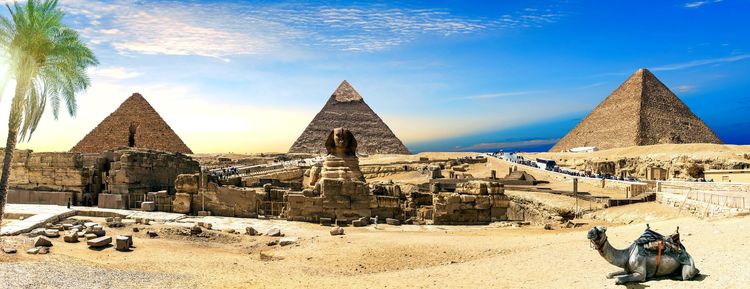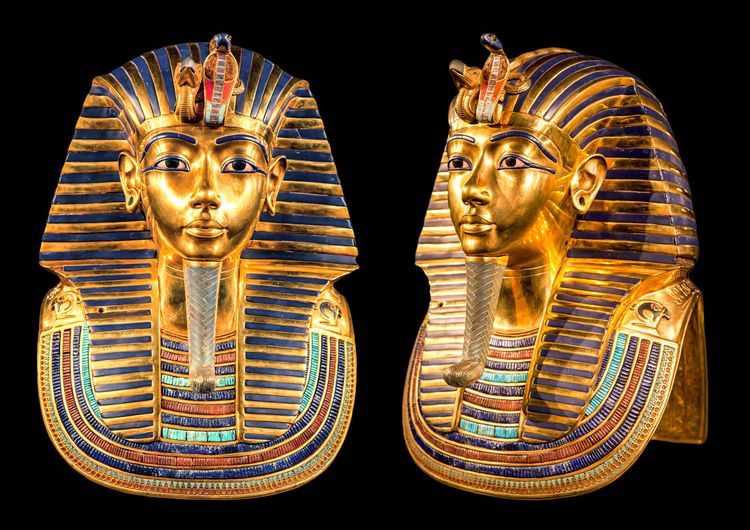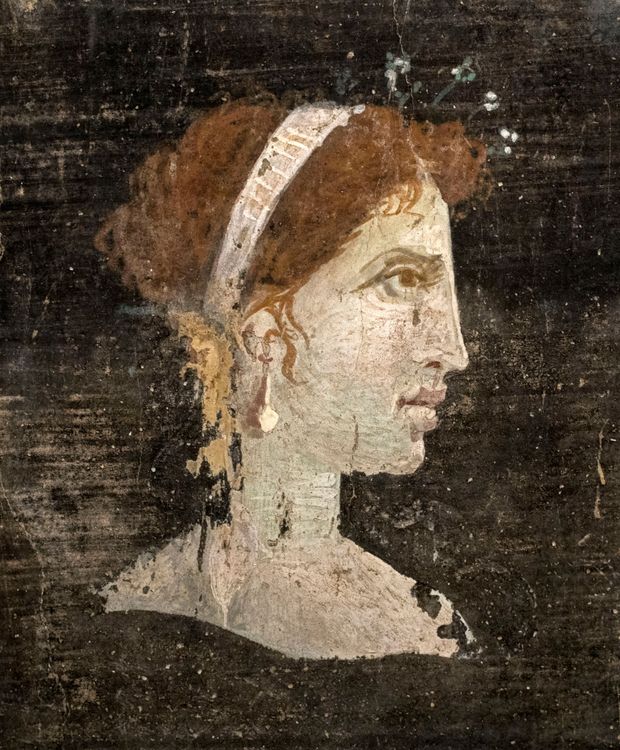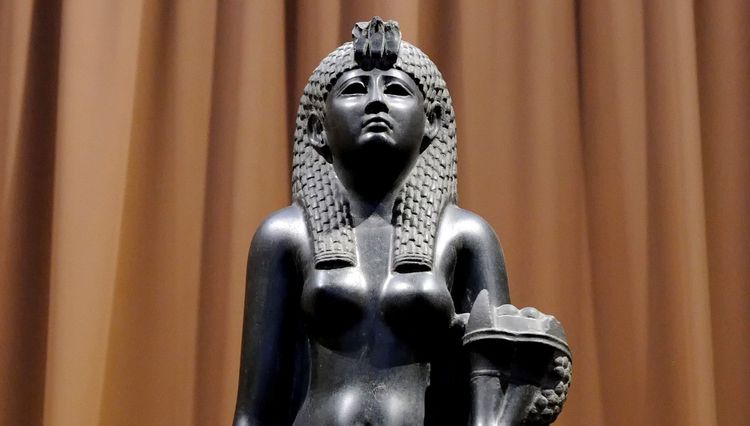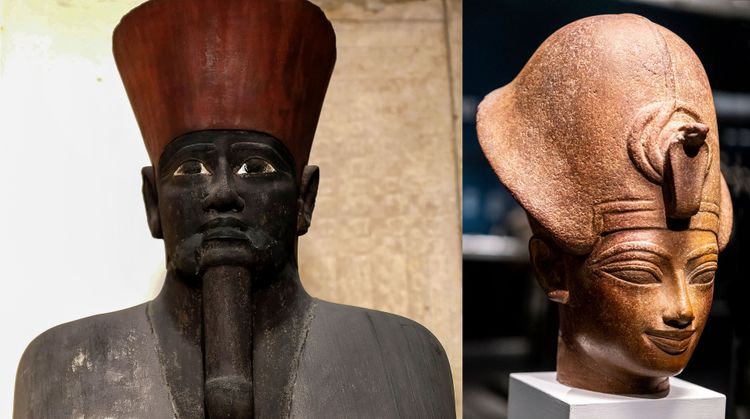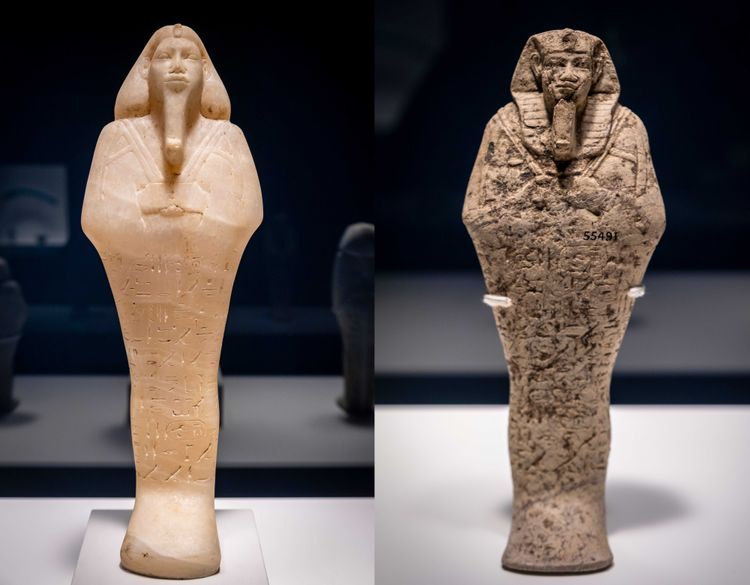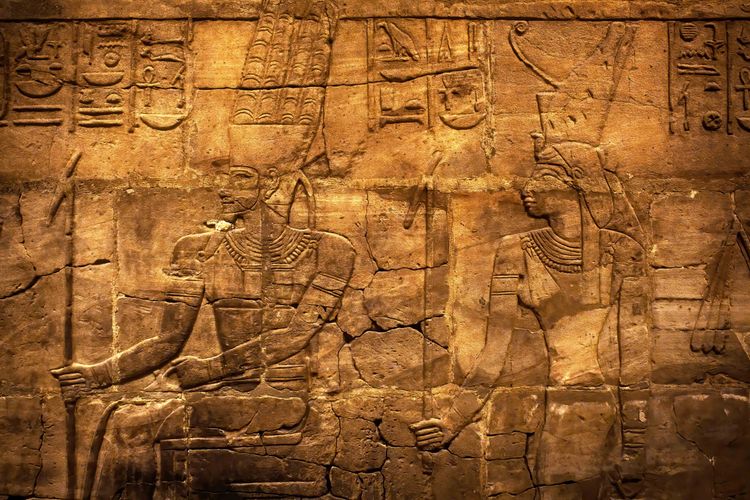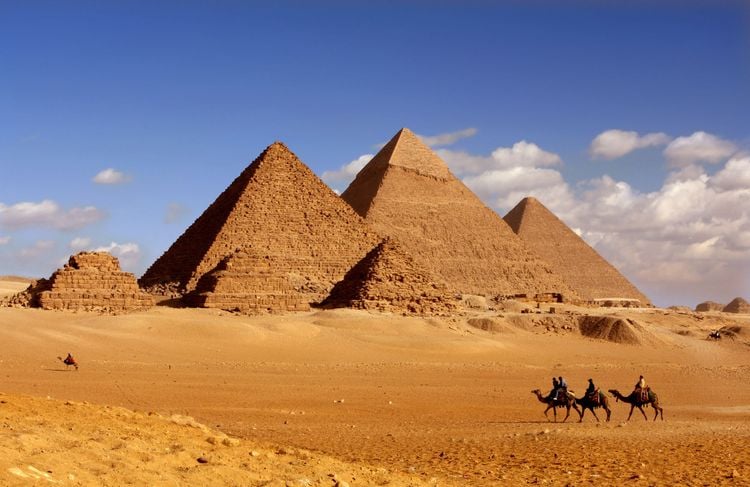As you will see in our subjects devoted to the many monuments from another time that history has left us, we can't fully grasp their interest if we don't go beyond their purely physical, architectural, geographical or tourist dimension. You have to delve into their history to understand their culture and, by extension, their meaning.
So will you have asked yourself the right questions? After all, what is it that makes these ancient Egyptian cultures so innovative that they seem timeless? And also, fundamentally, who were the ancient Egyptians? Who were the pharaohs? Where did they come from and where are they today?
We'll try to give you the answers.
